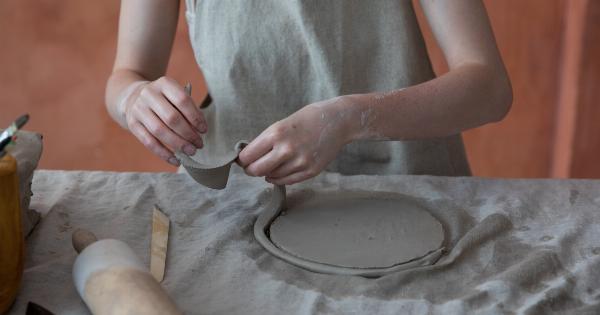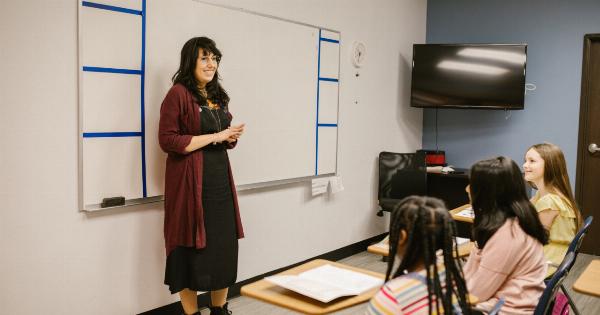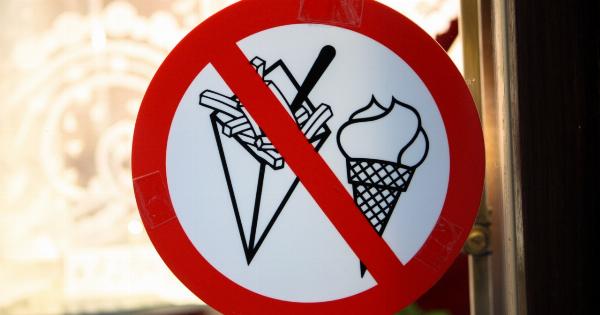When it comes to using the toilet, it may seem like a mundane and straightforward task. However, there is a lot more to know about flushing after passing waste that can save you from a world of trouble.
From avoiding clogs to saving on water bills, this comprehensive guide will help you become a toilet education expert.
Understanding Your Toilet
Before plunging into flushing techniques, it is essential to know the mechanics of your toilet. Typically, there are two types of toilet systems – gravity-fed and pressure-assisted.
Gravity-fed toilets are the most common and use water and gravity to move waste from the bowl to the drain. Pressure-assisted models use compressed air to increase flushing power.
The flush handle is the crucial component of your toilet. Pulling the handle should engage the flush valve that releases water from the tank into the bowl.
When the water is released, it creates a siphoning effect and pulls everything in the bowl into the drain.
The Right Flushing Technique
Many people assume that flushing after passing waste is as simple as pulling the handle once and moving on with their day. Unfortunately, an incorrect flushing technique can lead to clogs and increased water bills.
Here is a guide to help you master the art of flushing:.
1. Know What to Flush
The first rule of toilet education is knowing what to flush. Only flush bodily waste and toilet paper.
Avoide flushing anything else, such as feminine hygiene products, baby wipes, or dental floss, as these items are common culprits of clogs and plumbing issues. Even “flushable” wipes can create havoc in your toilet system, so stick to regular toilet paper.
2. Multiple Flushes are Okay
If you have to go multiple times, it’s okay to flush after each use. You don’t need to wait until you finish the last trip to the toilet to flush.
Avoid hovering over the toilet bowl for too long as this can cause unnecessary stress on the plumbing and increase the risk of clogs.
3. Use the Right Amount of Toilet Paper
When it comes to toilet paper, less is more. Only use what you need, and avoid using too much to avoid clogs. If you do use too much, flush again to ensure everything goes down.
It’s also important to use high-quality toilet paper that is easy to break down in water – it should dissolve entirely in under a minute.
4. Use the Right Amount of Water
When you flush, the right amount of water is crucial. Flushing with too little water can lead to clogs and plumbing issues, while using too much water means you’re wasting resources.
A standard toilet flush uses about 1.6 gallons of water per flush.
5. Wait a Few Seconds Before Flushing Again
If you need to flush multiple times, wait for a few seconds after the first flush before flushing again. This will allow the water level to go back to normal, giving you the best chance of clearing everything with a single flush.
6. Keep Your Toilet Clean
A clean toilet is a happy toilet. Regular cleaning can help prevent stains, odors, and clogs. Ensure that you clean the bowl, tank, and the flush handle regularly. This will help prevent bacteria buildup and keep your toilet functioning correctly.
Toilet Water Saving Tips
While flushing the toilet correctly may save you from clogs, it also can help you save on your water bill. Here are some helpful tips on how to save water without sacrificing sanitation:.
1. Dual Flush Systems
If you’re looking to cut back on water while flushing, consider upgrading to a dual flush system. These toilets have two settings – one for liquid waste and another for solid waste.
Liquid waste requires less water, which means you’ll be using about half as much water for those occasions when everything comes out as expected.
2. Toilet Tank Fill Level
The toilet tank fill level can also impact your water usage. If your tank sits too high, it will use more water than necessary for each flush. Conversely, if the fill level is low, your toilet may not function as well.
To find the right fill level for your toilet, check the manufacturer’s instructions or consult with a professional plumber.
3. Fix Leaks Promptly
A leaky toilet can be an enormous drain on your water bill. Even a small leak can waste hundreds of gallons of water per month. If you notice your toilet running even after you’ve flushed, it’s time to call in a plumber to have it fixed.
Conclusion
From understanding the mechanics of your toilet to how and what to flush, this comprehensive guide will enable you to become a toilet education expert.
With the right flushing technique and proper toilet care, you can avoid clogs, save on your water bill, and keep your toilet functioning effectively for years. So, next time you head to the bathroom, put your newfound knowledge into action, and you’ll have flawless flushes every time.





























